Our Pohang Travel Essentials guide showcases all the basics you need to know to enjoy a splendid holiday in this shining city at the mouth of the Hyeongsan. Our guide offers valuable insight into the local climate trends as well as emergency phone numbers, currency, electricity, plug styles and more.
Our guide can help you at every step of your journey, whether you're looking for the best way to get into Pohang or a convenient way to get around after you arrive. Plus, you can learn about some of the most iconic festivals and landmarks you won't want to miss out on. This guide makes it easy to plan a fantastic holiday in Pohang.
When is the best time to travel to Pohang?

- The local climate in Pohang tends to be quite varied, with average temperatures in the middle of summer reaching around 26.1°C while average winter temperatures are closer to 2°C.
- Pohang has a clear rainy season, which occurs at the end of summer, with July and August getting around 17 centimetres of rain with a daily chance of at least 25% on average.
- The hottest month is August, in which highs reach 29.5°C, while July is close with highs averaging around 29.2°C.
- The best time to visit Pohang is in the spring, when there's plenty of activities, comfortable temperatures and light rain. If you want to avoid crowds, however, the winter can be suitable if you can bear the somewhat cold temperatures.
Pohang basics
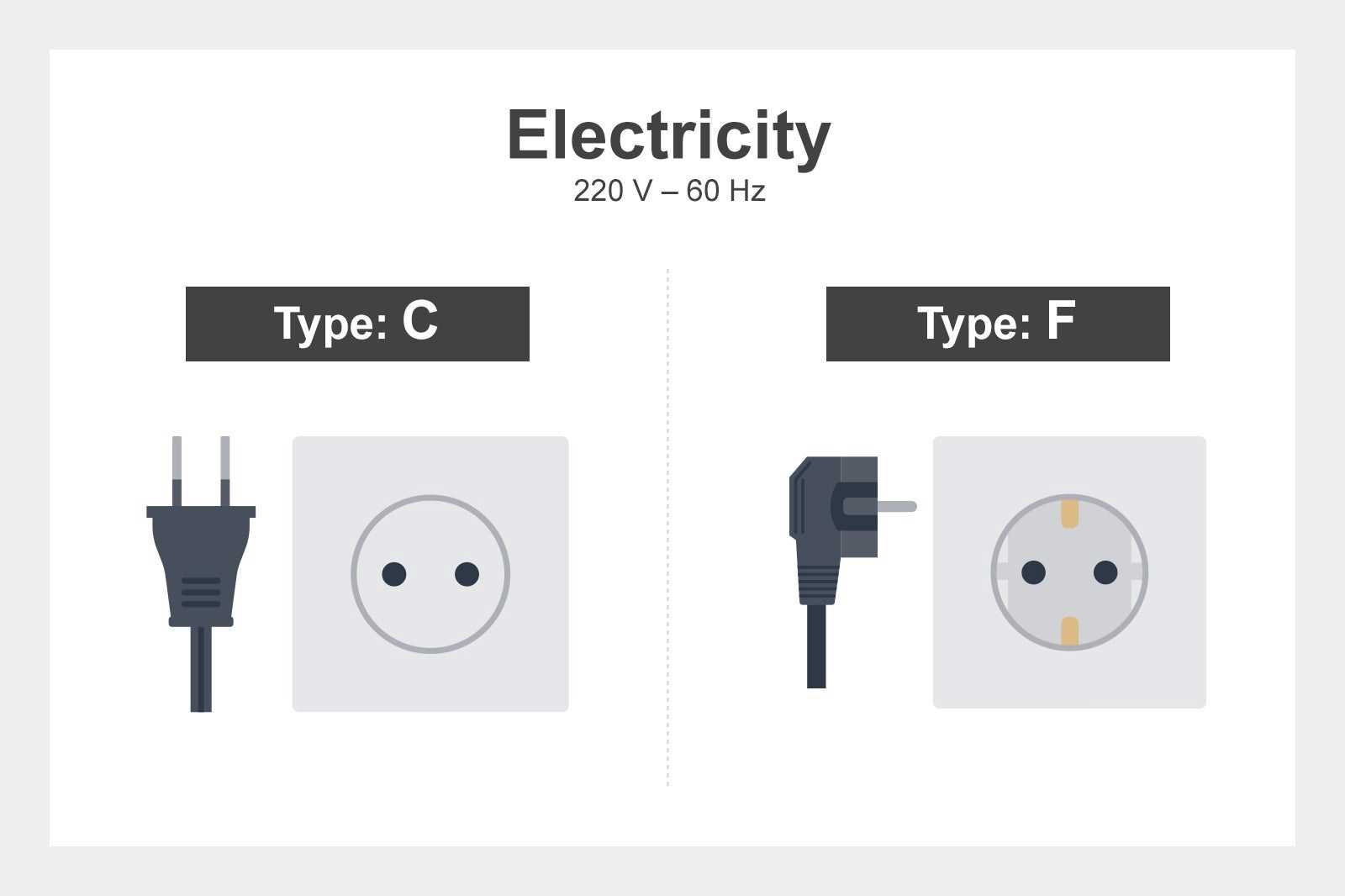
• Plug type: C or F
• Electricity: 220V
• Currency: South Korean won (₩)
• International dialling code: +82
• Emergency telephone number: 112
Auch interessant
- 11 Best Things to Do in Pohang

11 Best Things to Do in Pohang
South Korea - 10 Best Local Restaurants in Pohang

10 Best Local Restaurants in Pohang
South Korea - 10 Great Restaurants in Pohang

10 Great Restaurants in Pohang
South Korea
How to get to my hotel in Pohang?

The first step to getting to your hotel is getting to South Korea. Typically, that means coming in from the international airport in Seoul. Once you arrive in the capital, Pohang is just a short flight away, though you can take a train or bus as well. The fastest route may be taking the train to save time at airports.
Airports
The closest airport to Pohang is the Pohang Airport. It's a domestic airport located about 10 kilometres east of the city centre that frequently connects to Seoul's Incheon International Airport. The flight takes just a little over an hour, but it'll take an additional half hour or so to get to your Pohang city hotel from the airport.
Major train stations
Pohang Station is the major train station in town, and it connects to Seoul via the KTX trains on the Donghae Line. This station is also accessible via the Mugunghwa-ho train from Yeongdeok, Daegu and Busan.
Ports
People don't typically arrive in Pohang via the port, though it's technically possible to get there from Donghae by taking the boat to Ulleung and then transferring to Pohang from there.
Foto von Nils Öberg (CC BY-SA 3.0) bearbeitet
How to get around Pohang?

Travel tips
The best way to get around Pohang is by bus. There's a vast bus network that runs all over town and through surrounding areas, though the exact routes can get quite complicated. Be sure you know the bus route in addition to your destination before stepping on a bus. Taxis are also available, of course, but there's no train system to get around town.
Underground system
There is no underground in Pohang and the only trains that come through take passengers in and out of town rather than throughout the city itself.
Taxi and rideshare apps
Taxis in Pohang are relatively convenient and inexpensive for the most part, with a base price that increases after midnight. After the base fee, the fare will increase in increments based on time and distance travelled. Rideshares aren't all that common since South Korea doesn't allow for apps like Uber. They have recently been more open to the idea, however, with rideshares on the Banban Taxi platform available.
Bus network
The Pohang bus network is the primary way to travel around town for residents and visitors alike. You'll find 2 kinds of buses: general buses and seat buses. A general bus is the standard kind of bus, and they're coloured blue and orange. They tend to be cheaper than seat buses and run several different routes. Seat buses are a bit fancier and not quite as widespread. They're more expensive and coloured green and grey.
Car hire
Car hire is available in Pohang, but there are several requirements to meet first. You'll have to get an International Driving Permit in the same country that your driving licence is from. An International Driving Licence does not count in South Korea. You must have an International Driving Permit.
Bike hire
Bike hire is available in Pohang, mostly around local parks. City bikes can get you throughout town easily enough, but you may want to opt for a sturdier frame hire if you plan on doing cross-country cycling.
Foto von Lsm8895 (CC BY-SA 3.0) bearbeitet
What are the main annual events in Pohang?

Pohang International Fireworks Festival
- When: July
- What: The Pohang International Fireworks Festival is a beachside festival that hosts an impressive fireworks competition which results in a spectacular display in the night sky by Yeongildae Beach. In addition to the fireworks, this festival features street performances and even water gun fights for kids. Participation is free, and all are welcome.
- Where: Yeongildae Beach
Homigot Sunrise Festival
- When: 1 January
- What: The Homigot Sunrise Festival is a New Year's festival that hosts a variety of cultural performances along with a fireworks show and a sunrise concert. The dish tteokguk is freely available, as it's an iconic New Year's Day dish. It's also common to release a hope balloon with wishes attached.
- Where: Homigot Sunrise Square
Children's Day in Korea
- When: 5 May
- What: Children's Day in Korea is specifically designed to allow parents to spend more time with their children, with salaried workers and school children both getting the day off. This is a great opportunity for family travellers to indulge in local theme parks, zoos and other kid-friendly activities. They often offer special discounts and deals on Children's Day.
- Where: Throughout the city and country
What are the main landmarks in Pohang?

Bogyeongsa Temple
Bogyeongsa Temple is a historic Buddhist temple dating back to the early 7th century. It still stands tall today and is home to 4 Korean treasures and 4 hermitages. Buddhist artwork is displayed throughout the temple complex so that visitors can explore not only the history but cultural expression as well.
Oeosa Temple of Unjesan Mountain
The Oeosa Temple of Unjesan Mountain is a historic temple dating back to a point during the reign of King Jinpyeong of Silla, which lasted from 579 to 632. The name of this temple directly translates to ‘My Fish Temple’, which stems from an amusing story of 2 monks that both claimed to be individually responsible for reviving a fish. You can learn about the story and explore its impressive layout in person.
Guryongpo Modern History Museum
The Guryongpo Modern History Museum holds a fascinating collection of items, but one of its biggest draws is its architectural design. It was built in the 1920s by Hashimoto Zengichi, a Japanese man from Kagawa. The design combined Japanese-style wooden construction with decorative features like railings and gratings that typically aren't that common in Korean designs.
Pohang Canal
The Pohang Canal is a relatively recent canal completed in early 2014 on what was once an old water path. Visitors can enjoy a lovely walk along the side or embark on a cruise in the canal. Either way, you're in for a notably romantic experience, as couples tend to particularly enjoy the inviting and tranquil ambience of the canal's edges.
Dieser Artikel enthält Meinungen und Ansichten des Redaktionsteams von Go Guides. Die Autoren der Artikel, die auf dieser Website veröffentlicht werden, erhalten von Hotels.com eine Vergütung, die Reisekosten und andere Kosten enthalten kann.
Plant eure Reise
Unterkünfte in Pohang
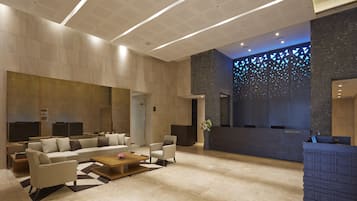
Lahan Hotel Pohang
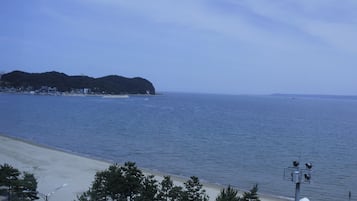
Galaxy Hotel
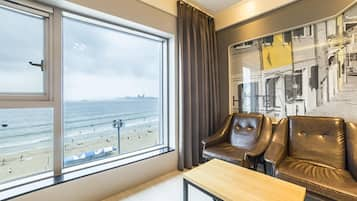
Pohang Hotel View

Stay Pohang Hotel

world house

Win Hotel
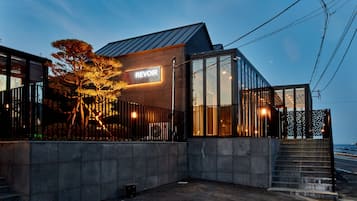
Revoir

Yeanhwamoon Hotel
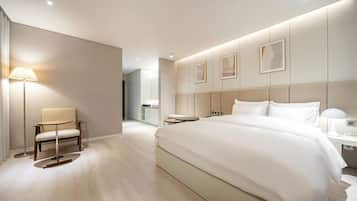
Hotel Noblion
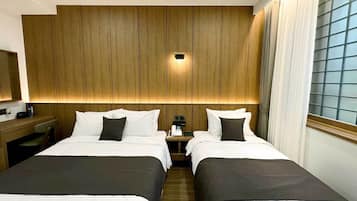
Commodore Hotel Pohang
Verwandte Themen
- 11 Best Things to Do in Pohang

11 Best Things to Do in Pohang
South Korea - 10 Best Local Restaurants in Pohang

10 Best Local Restaurants in Pohang
South Korea - 10 Great Restaurants in Pohang

10 Great Restaurants in Pohang
South Korea - 6 Best Places to Go Shopping in Pohang

6 Best Places to Go Shopping in Pohang
South Korea - 8 Best Beaches in Pohang

8 Best Beaches in Pohang
South Korea - 7 Best Family Things to Do in Pohang
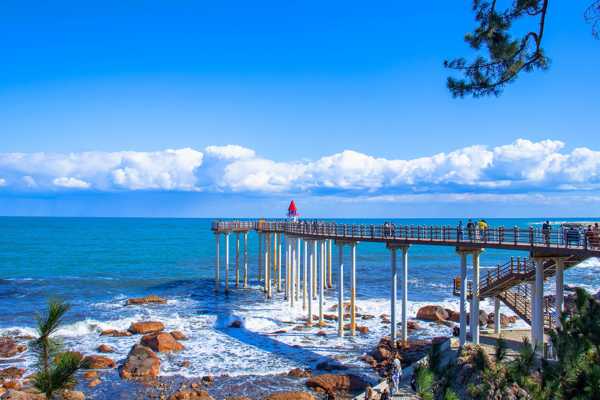
7 Best Family Things to Do in Pohang
South Korea - 10 Best Natural Wonders in Pohang

10 Best Natural Wonders in Pohang
South Korea - 10 Best Local Dishes from Pohang

10 Best Local Dishes from Pohang
South Korea
